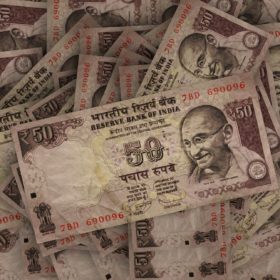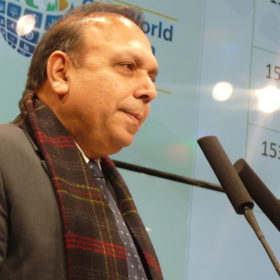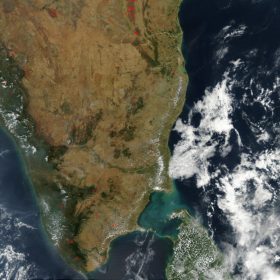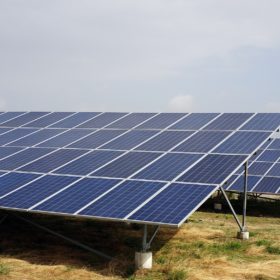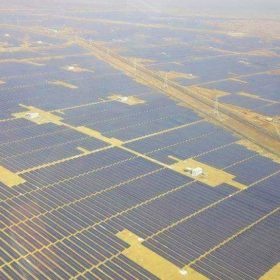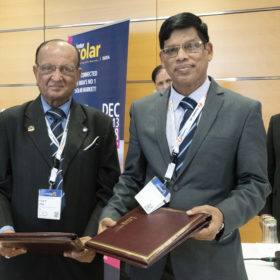India extends bid deadline for latest attempt to attract solar manufacturers
The deadline for the Solar Energy Corporation of India’s latest attempt to incentivize solar manufacturing, by offering generation capacity, has come and gone. The government body’s attempts to kick-start domestic production have thus far made little headway.
Rajasthan solar auction draws electricity price of just 3.5 US cents
Record-setting Acme Solar has secured a third of the latest procurement exercise in the state with a lowest bid of INR2.48/kWh. The tender was oversubscribed by more than 100% as offers came in for 1,620 MW of capacity.
India goes into overdrive with 6 GW tender plans announced in five days
SECI, the organization responsible for coordinating India’s push for 100 GW of new solar capacity by 2022, has had a busy week. But, as last year illustrated, tenders alone are not always a guarantee of new generation assets.
The promise of a 100% renewable energy world
The oldest solar organization in the world, the International Solar Energy Society, dates back to 1954. President David Renné tells pv magazine about India’s solar dreams, the next best thing in solar technology and what renewables hold for the world’s future.
India will miss 100 GW solar target according to Wood Mackenzie
Reports emphasize the likelihood of India remaining a world leader for solar but warn of missed targets for PV overall and rooftop in particular.
India prioritizes domestic products in plan for 12 GW of new solar
The Indian Cabinet Committee on Economic Affairs has approved a plan for projects to be enabled by public bodies in the hope that avoiding competitive procurement will enable it to circumvent WTO rules related to import parity.
Indian state of Maharashtra’s 1 GW tender attracts bids for 1.9 GW
Domestic developers Avaada Power and Adani lead the way with each bidding for half the capacity available, after the state distribution company raised the maximum tariff and extended the bid deadline.
Indian state of Andhra Pradesh targets 5 GW of solar under new policy
Under the new Solar Policy 2018 announced on Thursday, Andhra Pradesh has set a minimum target of 5 GW of newly installed PV power capacity over the next five years.
GSC wants 1 billion mini-grids, 10 million solar jobs
“One billion mini-grids, one billion home lighting systems, one billion solar PV ports, 10 million jobs and energy for all have-nots around the world. This is the primary dream of the Global Solar Council (GSC) and we shall achieve this by 2030,” Pranav R Mehta, who took over as chairman of Global Solar Council today, told pv magazine in an exclusive interview.
2018: India’s year of failed tenders
Tariff ceilings, safeguard duties, a falling rupee and mandated manufacturing capacity turned 2018 into a year of annulled tenders, and no shows by bidders.

